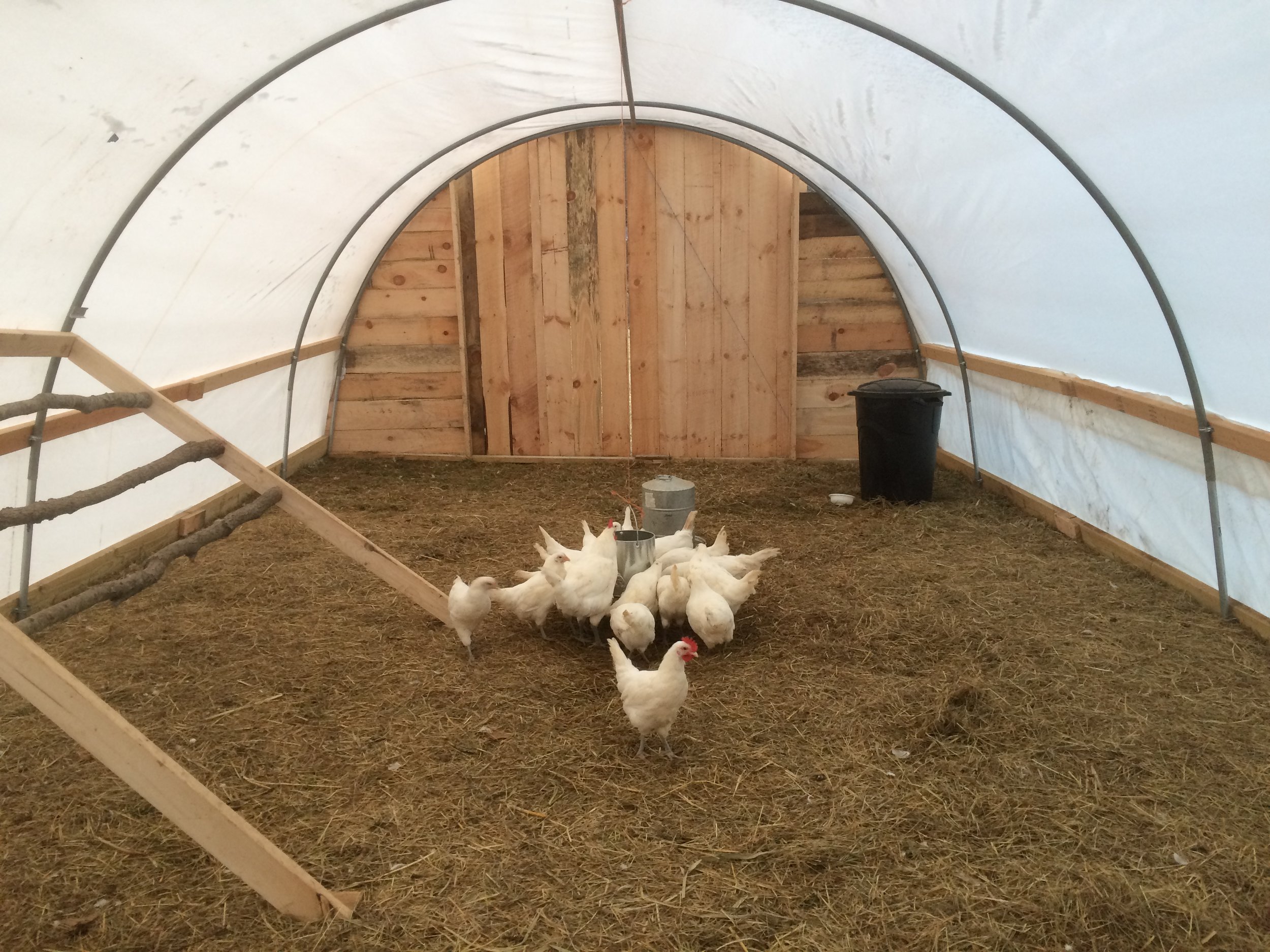For years, I have thought that all those board fences you see, forming the perimeters of ‘country places’ where horses reside were basically a coded sign of exclusivity. Horses are expensive to keep and are, in themselves these days, a pretty unmistakable sign of excess wealth and exclusivity. Horse country, whether it be in Maryland, west of Towson, or in central Virginia, or Aiken, South Carolina, always has that air of money and privilege, and wooden fences are a consistent feature of those places, and everywhere horses are kept.
Horses are expensive to keep, but not necessarily to obtain, and we have a couple of them ourselves, acquired for not very much money. They are voracious eaters, but we make our own hay, so that is not a big problem. The farrier comes round far too often (about 10 times a year), but there’s not much you can do about that. Once Zach got Dallas – the first horse, we fenced what has come to be known as the Triangle paddock because, well, it’s triangular. Its base is the long side of the big barn, the hypotenuse, which followed one of the brooks (locally called a ‘branch’) already had the remains of a chainlink fence in place. We fenced the third side with steel T-posts and woven wire field fencing. It was not perfect, being our first effort at fencing, but it looked pretty good. The horse – and soon Thunder Donkey –were happy. For a while. But there’s a good reason for that old adage, ‘the grass is always greener on the other side.’ It turns out that steel T-posts are no match for 900 pounds of horse that is trying to graze on the other side of the fence. Pretty soon the field fencing was getting crunched at the bottom by the hooves of the animals; its top was rolling over under pressure from their necks, but it still held them.
Then we got another horse: Titus. After a few months of mutual suspicion, he and Dallas became buddies. One day when Zach was riding Dallas, Titus, not to be left out, backed up and leapt the fence to be with his buddy. So much for a wire fence to keep horses in. Besides, it was looking pretty ratty after a year and a half, with bent T-posts leaning towards the drive and the field fence going in all different directions. A fence that doesn’t even last 18 months is a failure, and we had to do something. I began to accumulate the material for something more substantial: 4x4 posts and 1x6 board slats. I was going to build a wooden horse fence – that semiotic sign of equine exclusivity!
Recently we had a visit from son Gabe, on the mainland between stints delivering one yacht to Caribbean islands and captaining another one for the winter. Sons Rob and Zach are already working for me on the place, so with three strong boys it seemed like a good day to bite the bullet and change fences. Rob and Zach had already taken the old T-posts out, leaving the twisted wire fence lying on the ground. New postholes were soon dug and the 4x4 posts plumbed in them, with a collar of concrete poured around them to withstand leaning horses. Coming along close behind we were nailing the three boards to the posts and by the end of the day we had a complete wooden fence, 175 feet long. Finished. For anyone who knows me: Mr.-95%-is-good-enough-we’ll-finish-it-later, finished is remarkable. Even more remarkable, in the days after this big fencing day, Rob, Zach and I restretched the old wire fence into a semblance of straightness and nailed it to the inside of the board fence so that next spring we can pasture our new crop of kids in the Triangle paddock. A wooden fence might withstand horses and donkeys, but goat kids would go through it like water through a sieve.
So wooden fences are not – or not only – a sign of the elevated social status of horse people. They are pretty much necessary if you want to keep big, strong, dumb animals, like horses, where you put them. I have learned that, and I take back all my indignant feelings at the ostentation of them. They are not even that much more expensive than a wire fence, especially considering that you would have to replace a wire fence every couple of years. And finally, they look very nice; anything to spruce the place up!
postscript: After months of not posting anything, here are two new things within a week. The credit for that goes to the big snow we had last week (that can be seen in the photo of the new fence); 10” of wet snow makes everything more difficult…except, I guess, writing a new blog post.










